Five spice seasoning is a traditional Chinese spice blend made from five key ingredients: star anise, cinnamon, cloves, Sichuan peppercorns, and fennel seeds. It creates a perfect balance of sweet, salty, sour, bitter, and umami flavors—the five fundamental tastes in Chinese cuisine. Whether you're cooking Chinese roast duck or experimenting with new recipes, understanding this versatile blend is key to unlocking bold, aromatic flavors.
Table of Contents
- What Is Five Spice Seasoning?
- A Quick History of This Spicy Symphony
- The Flavor Profile of Five Spice
- Homemade vs Store-Bought: Which One Should You Use?
- How to Use Five Spice in Everyday Cooking
- Buying Guide: Top 5 Spice Seasonings Reviewed
- Top 5 Pro Tips for Using Five Spice Like a Chef
- Frequently Asked Questions
- Final Thoughts

What Is Five Spice Seasoning?
Five spice seasoning—sometimes called Chinese five spice—is a classic spice blend originating from China. Traditionally, it combines five key spices:
- Anise (star anise)
- Cinnamon
- Cloves
- Sichuan peppercorns
- Fennel seeds
Together, these ingredients create a perfect balance of sweet, salty, sour, bitter, and umami—the five fundamental tastes in Chinese cuisine.
Why "Five" Matters
The number five has cultural significance in Chinese philosophy and medicine, symbolizing harmony and balance. Just like yin and yang, five spice aims to achieve flavor equilibrium that pleases all your taste buds simultaneously.
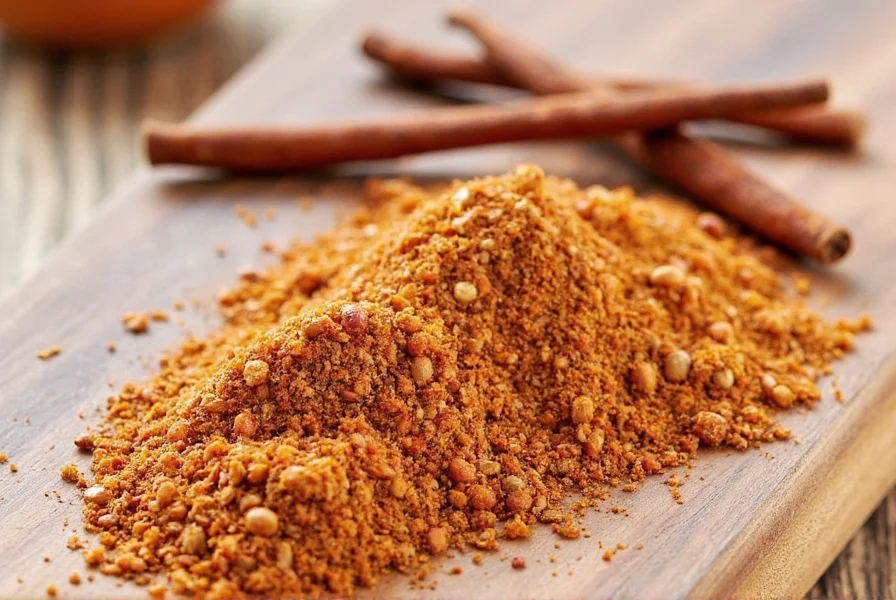
A Quick History of This Spicy Symphony
The roots of five spice seasoning trace back to ancient China, where spices were valued not only for their flavor but also for their medicinal properties. While there's no exact date of origin, it became widely popular during the Ming Dynasty.
As trade routes expanded, the unique combination made its way into regional Chinese cuisines—from Cantonese braised meats to Sichuan-style grilled dishes. Over time, chefs began experimenting with variations, swapping out or adding spices like ginger, nutmeg, or even orange peel depending on what was available or what they wanted to highlight.
The Flavor Profile of Five Spice
If you imagine what a campfire s'more would taste like if it got into a fight with a cinnamon roll and won—that's five spice in a nutshell. Here's a quick breakdown:
| Spice | Flavor Notes |
|---|---|
| Star Anise | Sweet licorice flavor |
| Cinnamon | Warm sweetness |
| Cloves | Pungent and earthy |
| Sichuan Pepper | Tingly numbing heat |
| Fennel Seed | Mildly sweet, similar to anise |
This complex mix makes five spice incredibly versatile—it can be both subtle and punchy, depending on how much you use.

Homemade vs Store-Bought: Which One Should You Use?
You can find five spice seasoning at most grocery stores, but making your own gives you full control over the flavor intensity and freshness. Here's a quick comparison:
| Aspect | Homemade | Store-Bought |
|---|---|---|
| Flavor Control | Customizable | Limited variation |
| Freshness | Fresher when ground fresh | May lose potency over time |
| Convenience | More prep time | Instant gratification |
| Cost | Generally cheaper long-term | Varies by brand |
DIY Five Spice Recipe
- 2 tbsp star anise
- 1 tbsp cinnamon sticks
- 1 tbsp whole cloves
- 1 tbsp Sichuan peppercorns
- 1 tbsp fennel seeds
- Dry toast the spices in a pan for 2–3 minutes until fragrant.
- Let cool, then grind in a spice grinder until fine.
- Store in an airtight container away from light and heat.
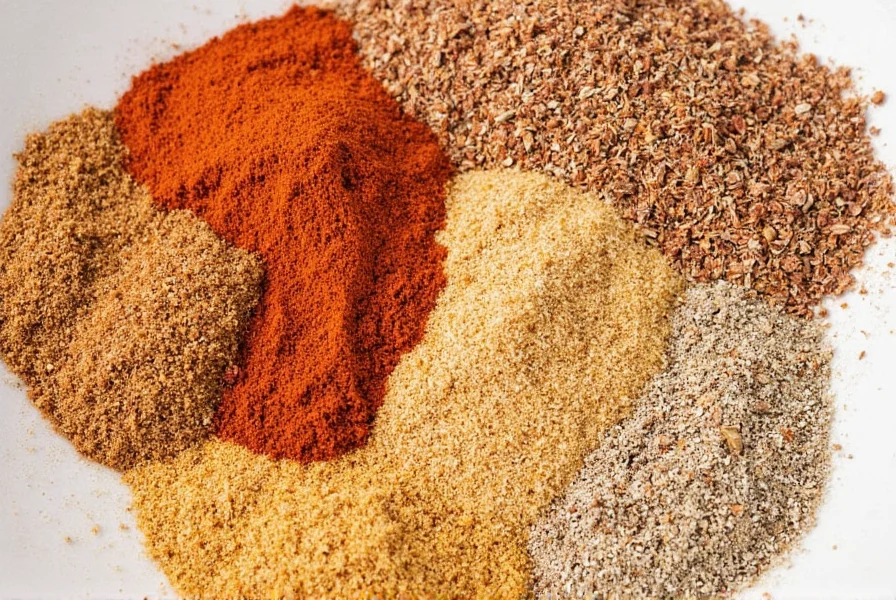
How to Use Five Spice in Everyday Cooking
Five spice isn't just for Asian recipes anymore! From marinades to desserts, here are some creative ways to use this powerhouse:
- Braising meats: Especially pork, duck, and chicken. Toss with soy sauce and let marinate overnight before slow-cooking.
- Dry rubs: Mix with salt, pepper, garlic powder, and oil for a smoky barbecue rub.
- Rice and noodles: Add a pinch to fried rice or noodle stir-fries for depth of flavor.
- Vegetables: Roast carrots, eggplant, or mushrooms with olive oil and a sprinkle of five spice for a savory side.
- Desserts: Try adding a pinch to chocolate cakes or spiced cookies for a warming twist.
Pro Tip:
Start small. Five spice can easily overpower other ingredients, especially because of the strong clove and star anise notes. Taste as you go!
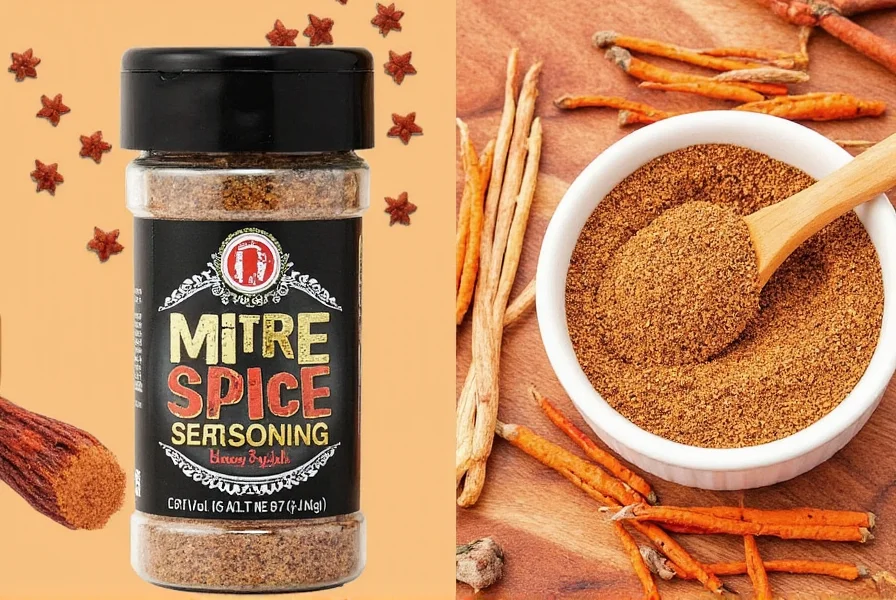
Buying Guide: Top 5 Spice Seasonings Reviewed
If grinding your own isn't your thing, don't worry—there are some fantastic pre-mixed options on the market. Here are our top picks based on quality, flavor balance, and value:
| Brand | Features | Best For |
|---|---|---|
| Lee Kum Kee Five Spice | Well-balanced blend with pronounced star anise notes; trusted name in Asian seasonings | Everyday cooking, marinades, soups |
| Spice Islands Chinese Five Spice | Mild and slightly sweeter profile; great for beginners | Novice cooks or delicate dishes |
| Badia Chinese Five Spice | Bold and aromatic; slight heat from Sichuan peppercorn | Meat lovers, grilling, bold recipes |
| Frontier Co-op Organic Chinese Five Spice | Organic, non-GMO, ethically sourced | Health-conscious cooks, organic meals |
| Penzeys Spices Chinese Five Spice | Highly customizable strength levels; bulk option available | Professional chefs, large batches |
When to Choose Organic: If you're using a lot or want to avoid preservatives, opt for organic versions. They often have a fresher aroma and longer shelf life.
Storage Tip: Keep five spice in a cool, dark place in an airtight container. Whole spices last longer than ground ones, so buy ground only if you'll use them within 6 months.
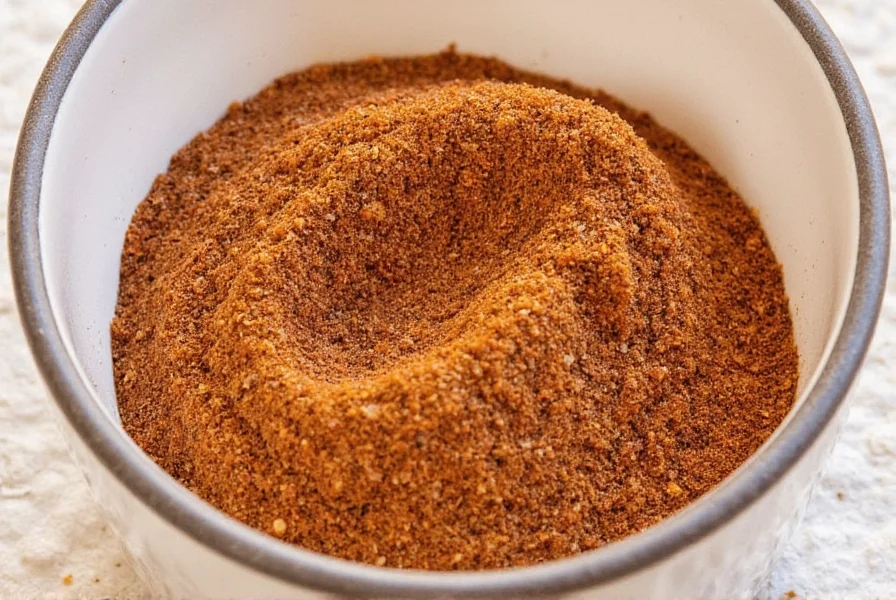
Top 5 Pro Tips for Using Five Spice Like a Chef
- Use Sparingly: A little goes a long way. Start with a small amount and adjust after tasting.
- Toasting Works Wonders: Lightly toast the spice before using to enhance its aroma and complexity.
- Pair with Soy Sauce: Balances the sweetness and brings out the deeper notes of the spice.
- Add Late in the Game: To preserve volatile oils, add five spice toward the end of cooking unless braising or simmering.
- Don't Cook It Alone: Combine with ginger, garlic, chili flakes, or sesame oil for a more rounded flavor experience.
Frequently Asked Questions About Five Spice Seasoning
What is five spice seasoning made of?
Traditional Chinese five spice seasoning consists of five key ingredients: star anise, Chinese cinnamon, cloves, Sichuan peppercorns, and fennel seeds. These create a balance of sweet, salty, sour, bitter, and umami flavors that represent the five fundamental tastes in Chinese cuisine.
What does five spice seasoning taste like?
Five spice offers a complex flavor profile that combines sweet licorice notes from star anise, warm sweetness from cinnamon, pungent earthiness from cloves, tingly numbing sensation from Sichuan peppercorns, and mild sweetness from fennel seeds. The overall effect is warm, aromatic, and well-balanced with both sweet and savory elements.
Can I substitute five spice seasoning if I don't have it?
While no substitute perfectly replicates authentic five spice, you can create a makeshift version by mixing 2 parts cinnamon, 1 part cloves, 1 part anise or fennel seeds, and a pinch of white pepper (as a substitute for Sichuan peppercorns). For Western pantries, a mix of cinnamon, allspice, and a touch of cayenne can work in a pinch, though it won't have the same authentic flavor profile.
How should I store five spice seasoning?
Store five spice in an airtight container away from direct light and heat. Whole spices will stay fresh for up to 2 years, while pre-ground blends maintain their potency for about 6-12 months. For maximum freshness, buy whole spices and grind them as needed, or purchase small quantities that you can use quickly.
Is Chinese five spice the same as pumpkin spice?
No, they are quite different. Pumpkin spice typically contains cinnamon, ginger, nutmeg, allspice, and cloves - formulated specifically for sweet fall treats. Five spice contains star anise, Chinese cinnamon, cloves, Sichuan peppercorns, and fennel seeds, creating a more complex savory-sweet profile designed for both meat dishes and some desserts in Chinese cuisine.
What dishes work best with five spice seasoning?
Five spice shines in roasted or braised meats (especially pork, duck, and chicken), marinades, and stir-fries. It also works surprisingly well in unexpected applications like chocolate desserts, roasted vegetables, and even cocktails. The key is using it sparingly at first, as its flavors are potent and can easily dominate other ingredients.
Final Thoughts
Five spice seasoning is one of those rare spices that bridges cultures, flavors, and cuisines effortlessly. It's powerful yet elegant, bold but balanced. Once you get comfortable with it, you'll start seeing opportunities to use it everywhere—from marinades and dry rubs to baked goods and cocktails.
So next time you're looking to jazz up a dish without going overboard, reach for that tiny jar of five spice. Who knows? You might just discover your new secret ingredient to culinary magic.
Want More Spice Wisdom?
Check out our upcoming articles on spice pairing charts, global spice tours, and how to build your own kitchen spice rack!

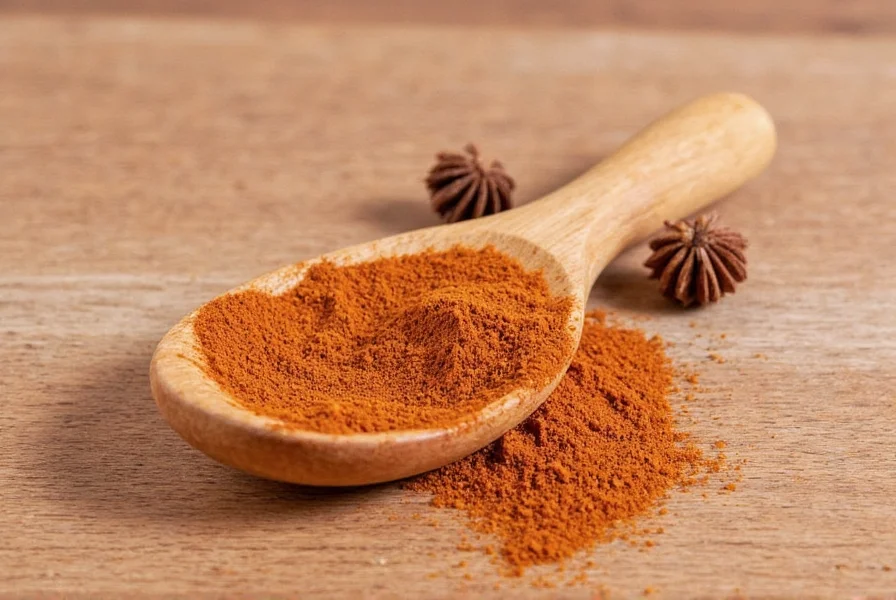









 浙公网安备
33010002000092号
浙公网安备
33010002000092号 浙B2-20120091-4
浙B2-20120091-4